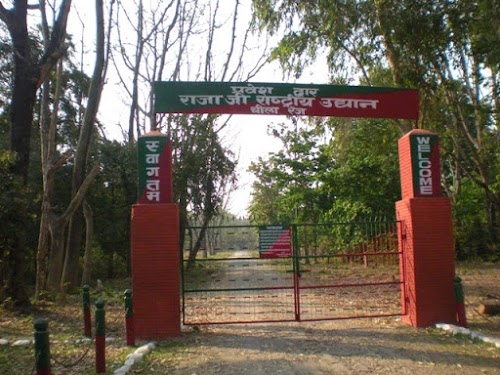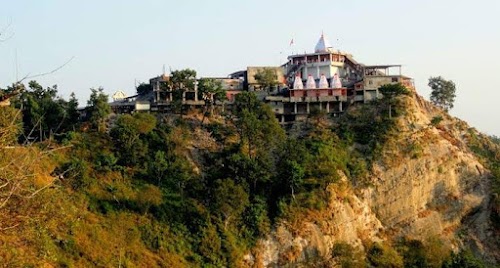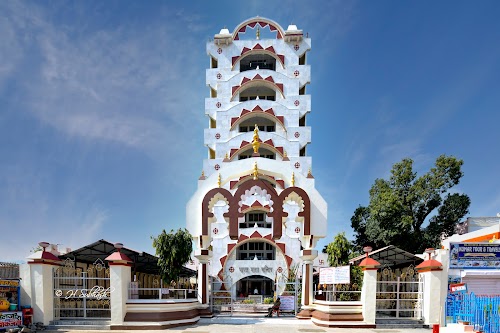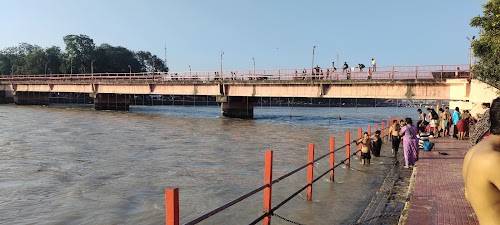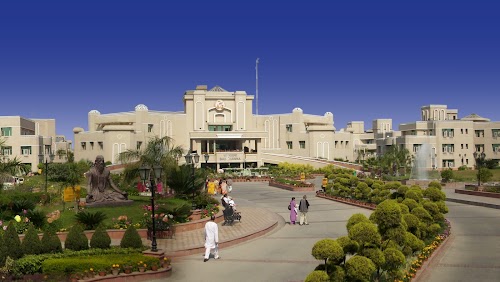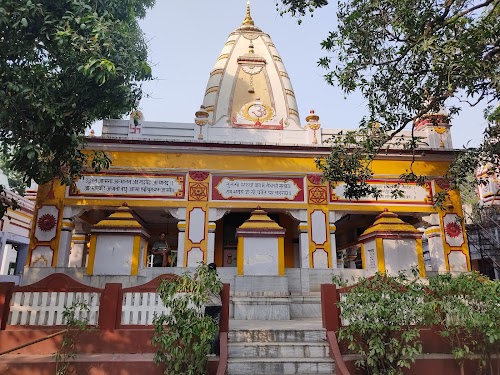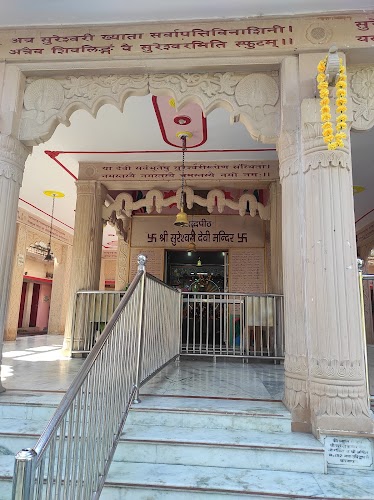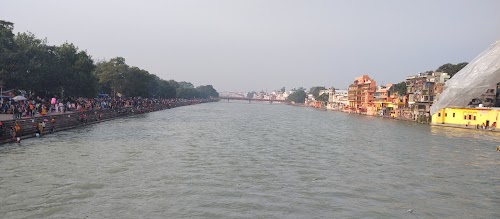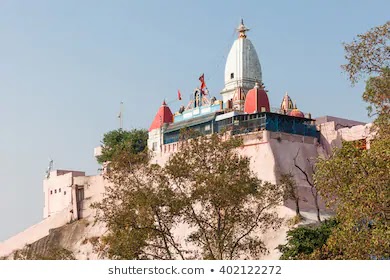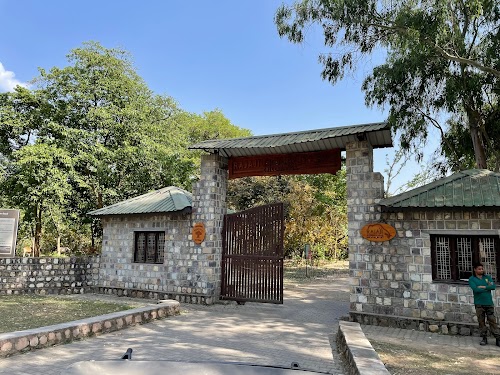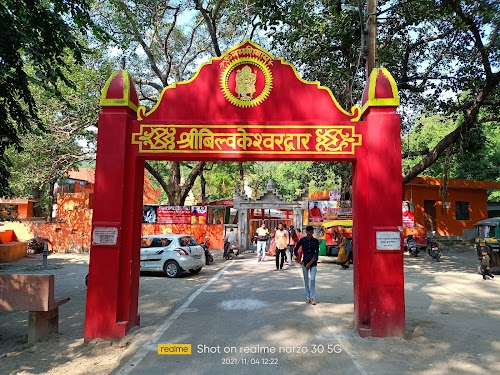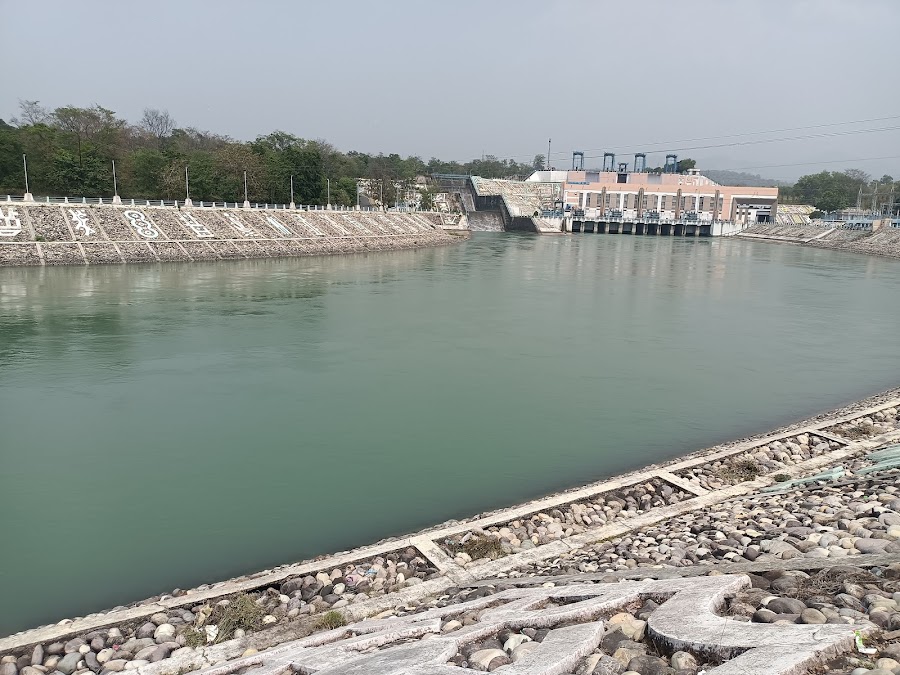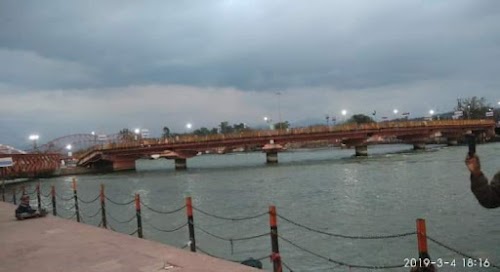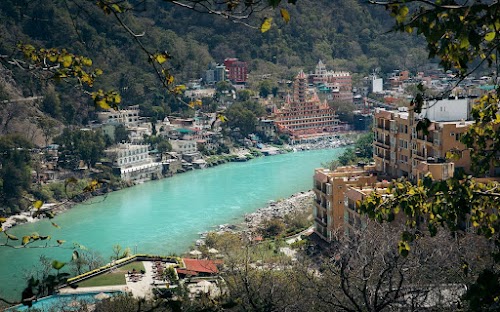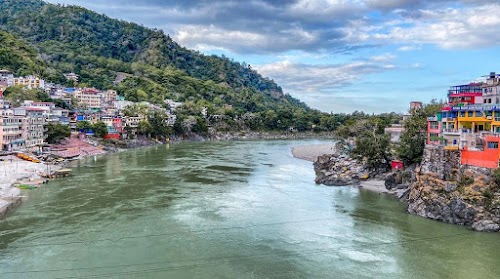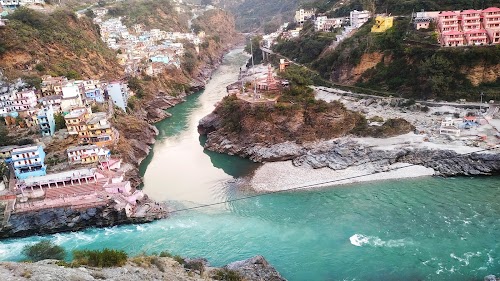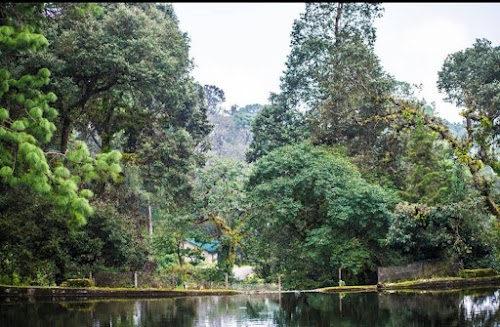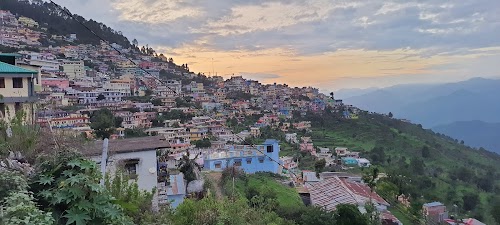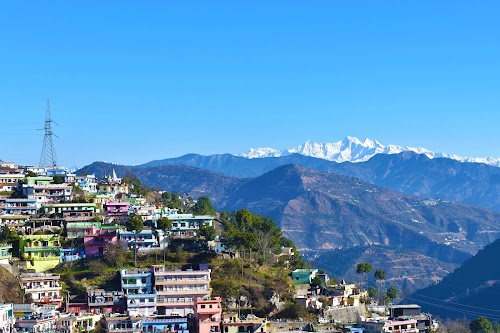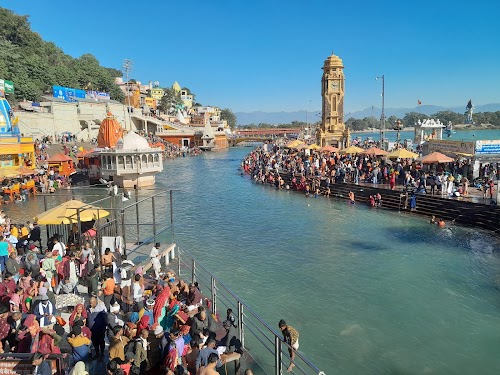
Haridwar, India
Haridwar, nestled in the foothills of the Himalayas in Uttarakhand, is a revered pilgrimage site and a vibrant tourist destination. Known as the 'Gateway to the Gods,' it attracts millions of devotees and tourists seeking spiritual solace and cultural immersion. The sacred Ganges River flows through the city, and the iconic Har Ki Pauri ghat hosts the mesmerizing Ganga Aarti ceremony every evening. Beyond its religious significance, Haridwar offers a glimpse into India's rich heritage, with ancient temples, bustling markets, and serene ashrams. It's a place where spirituality, culture, and natural beauty converge, offering a unique and unforgettable experience.
Known for:
History:
Haridwar's history dates back to the Vedic period, with mentions in ancient Hindu scriptures. It has been a significant center for religious and cultural activities for centuries. The city has witnessed the rise and fall of various empires, including the Mauryas, the Guptas, and the Mughals. During British rule, Haridwar became an important trading center and a gateway to the Himalayas. The construction of the Upper Ganges Canal in the 19th century further boosted its economic and agricultural development. Today, Haridwar stands as a testament to its rich past, blending historical landmarks with modern infrastructure.
How to reach:
Haridwar is well-connected by air, rail, and road. The nearest airport is Jolly Grant Airport in Dehradun (approx. 35 km). Haridwar Junction is a major railway station with frequent trains from major cities in India. National highways connect Haridwar to Delhi, Dehradun, and other cities. Buses and taxis are readily available.
Places in Haridwar, India
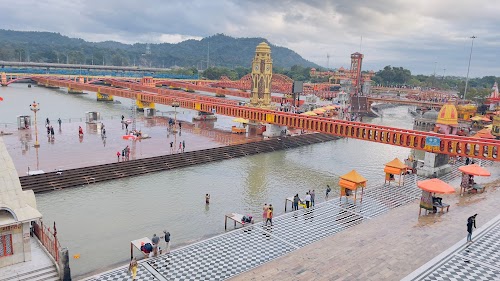
Har Ki Pauri
Haridwar, India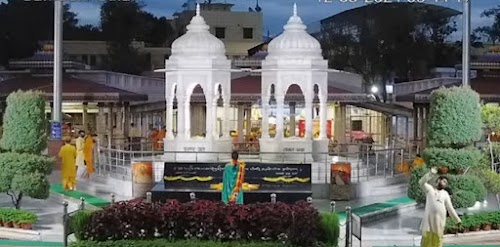
Shanti Kunj
Haridwar, India
Piran Kaliyar Sharif
Haridwar, India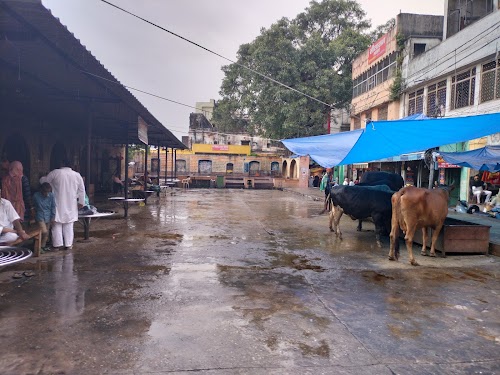
Kushavarta Ghat
Haridwar, India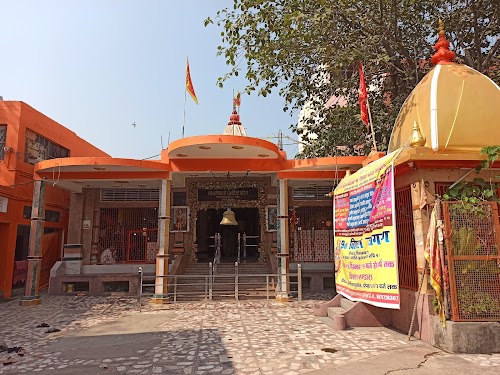
Maya Devi Temple
Haridwar, India
Pawan Dham
Haridwar, India
Astha Path
Haridwar, India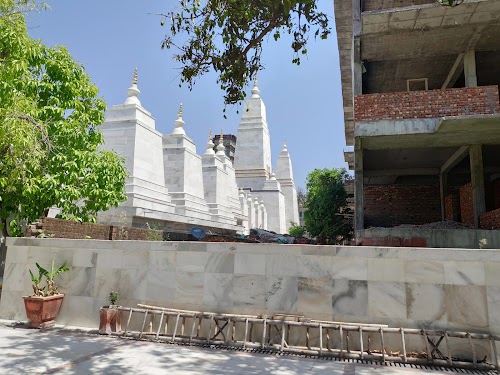
Doodhadhari Barfani Temple
Haridwar, India